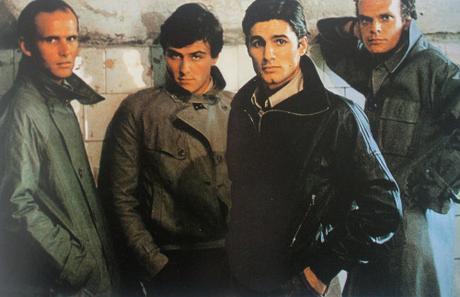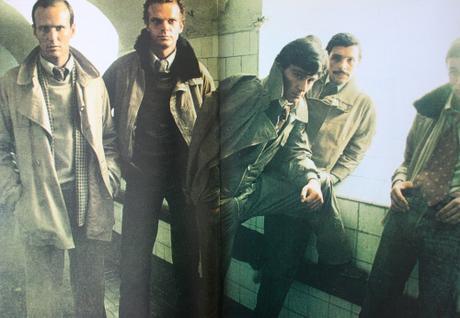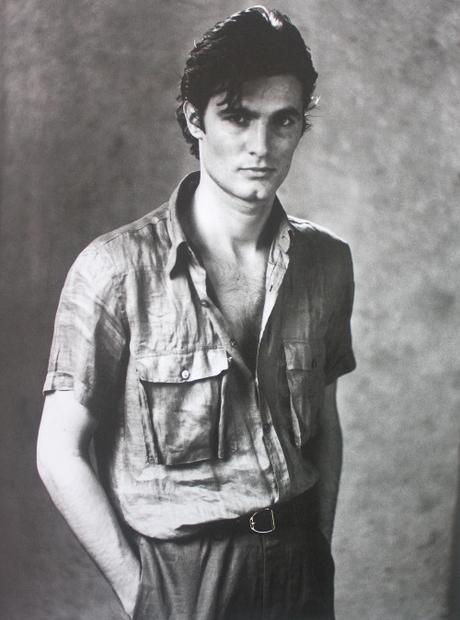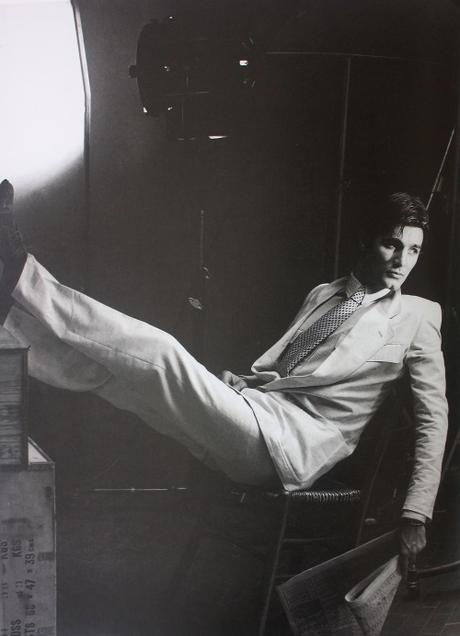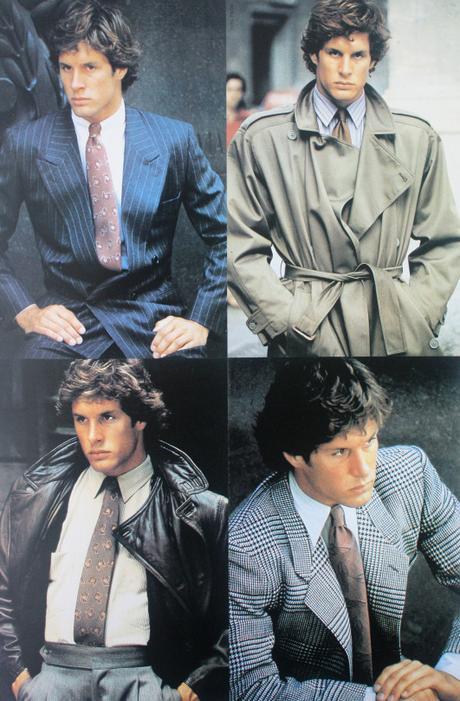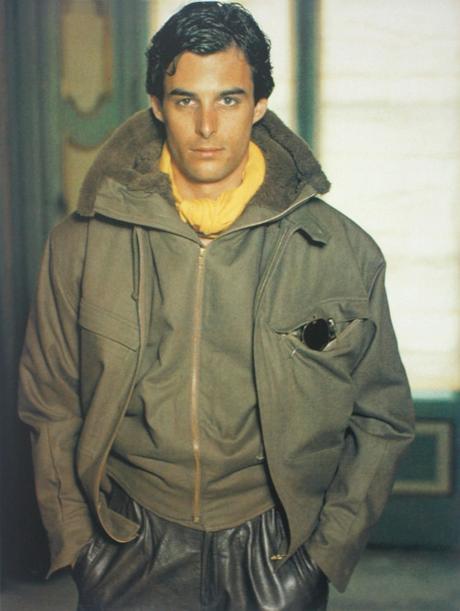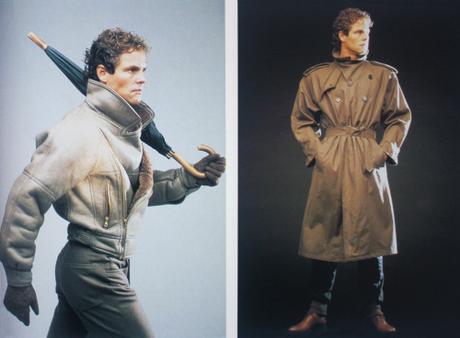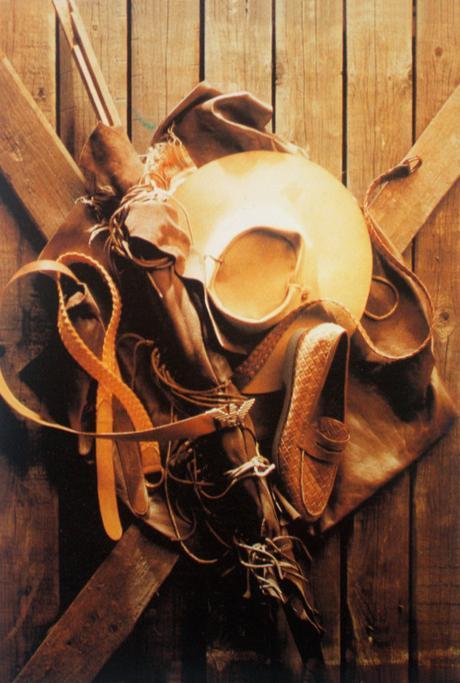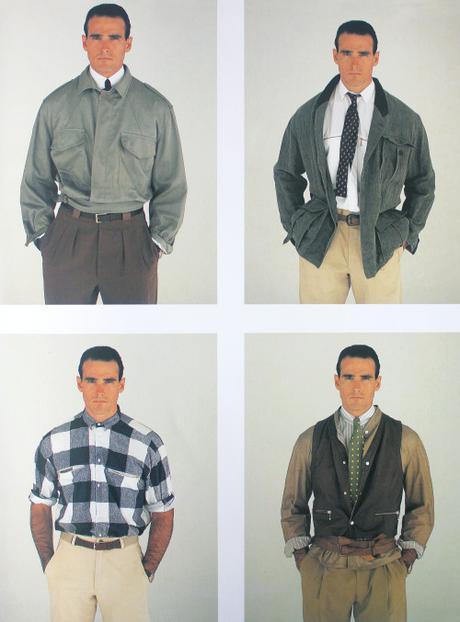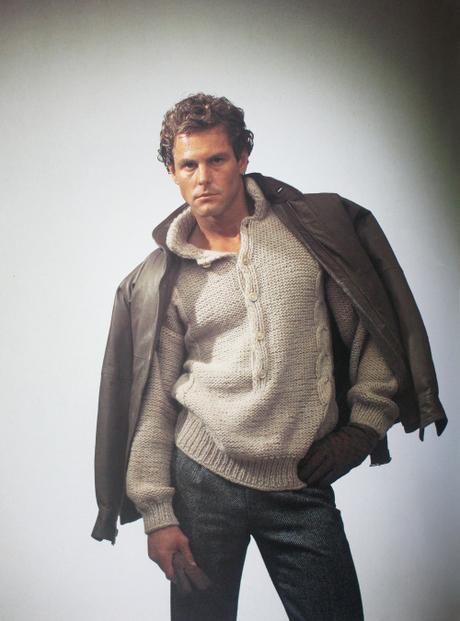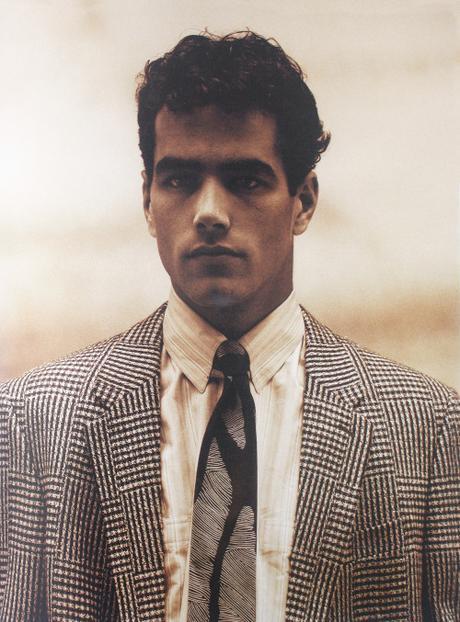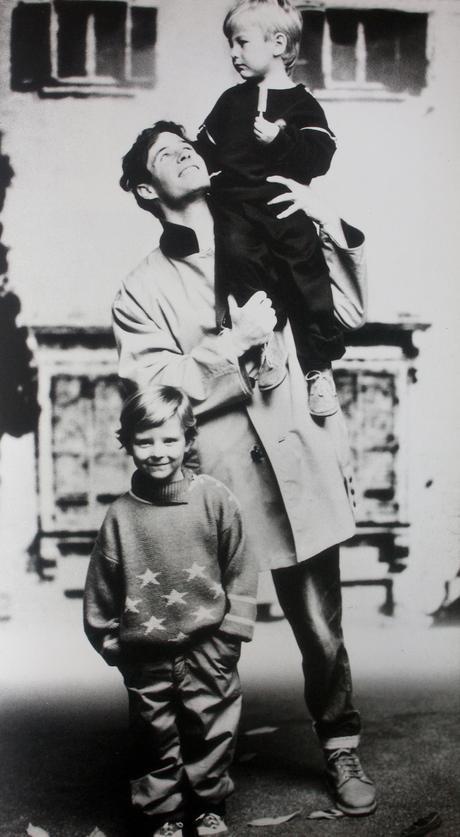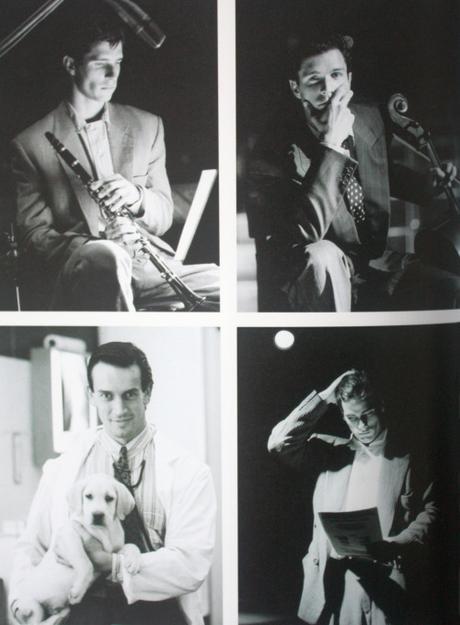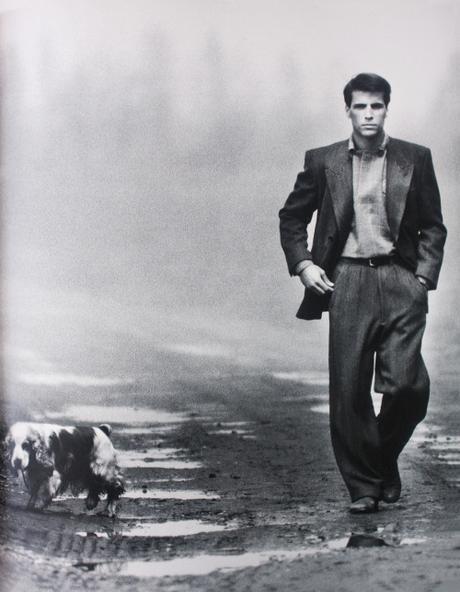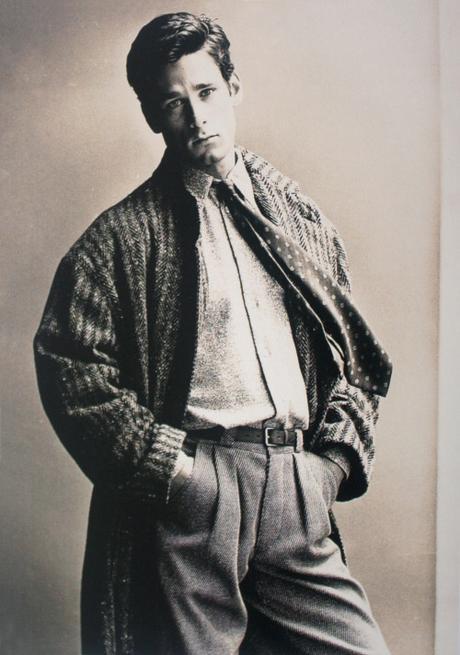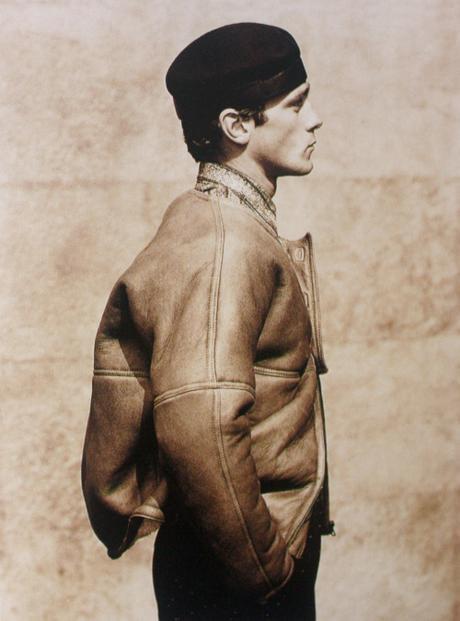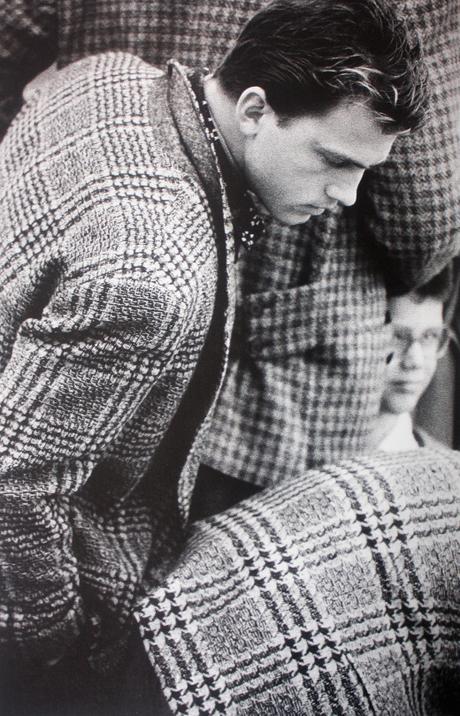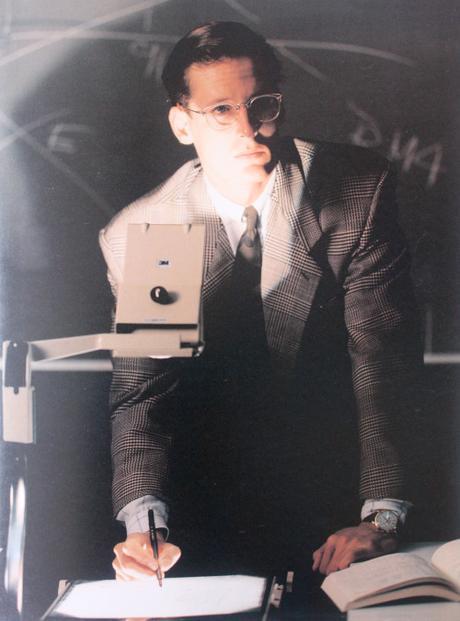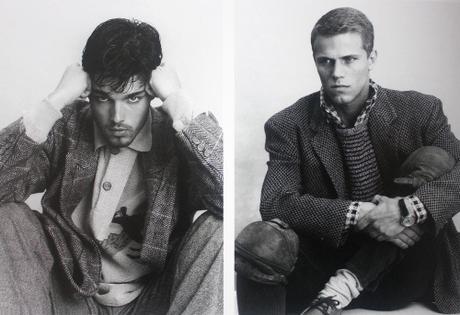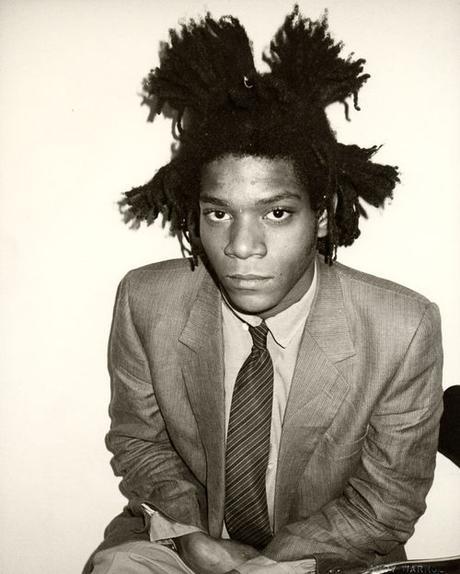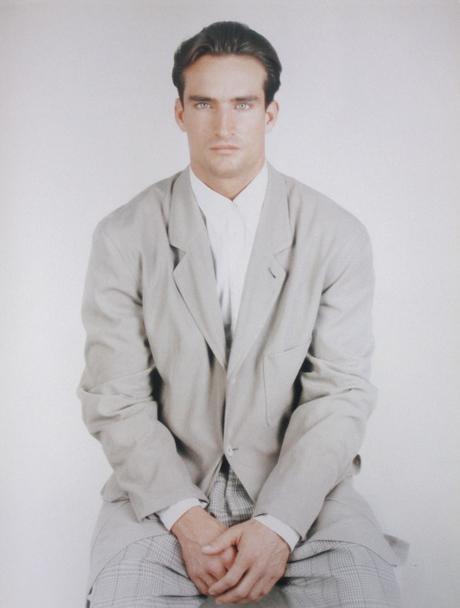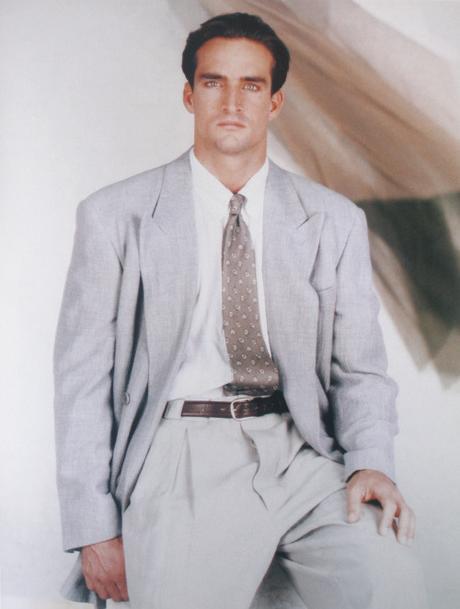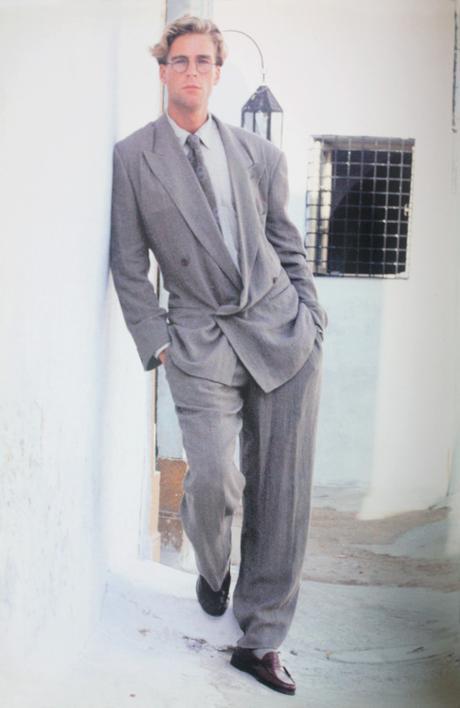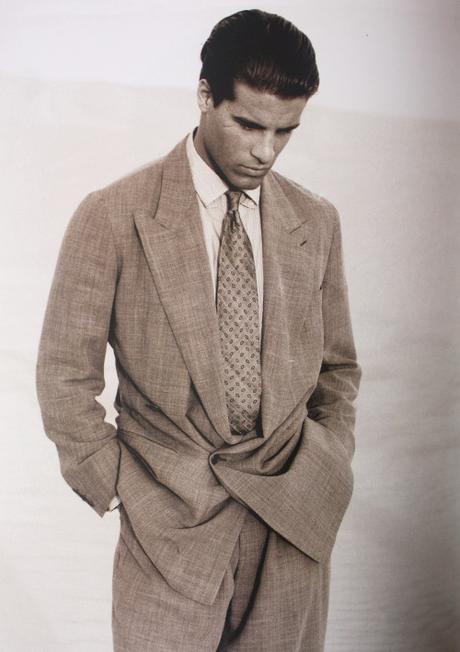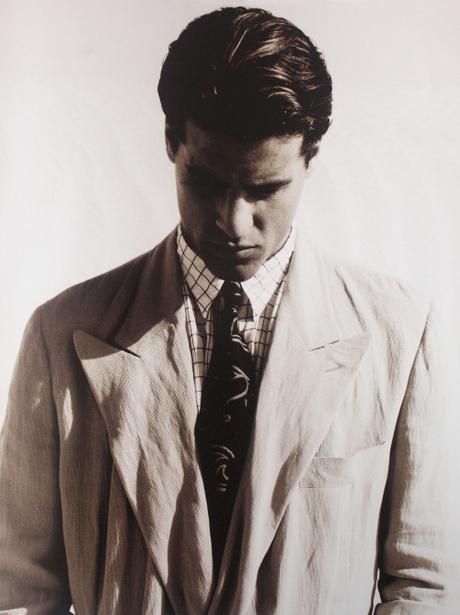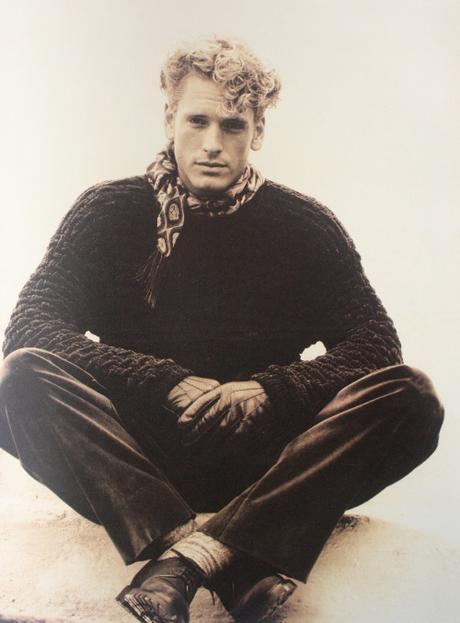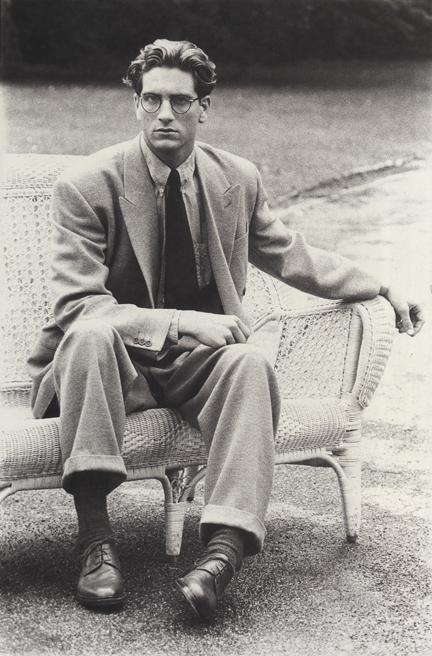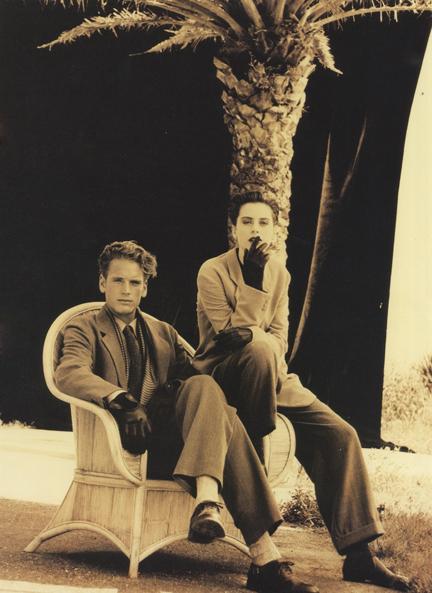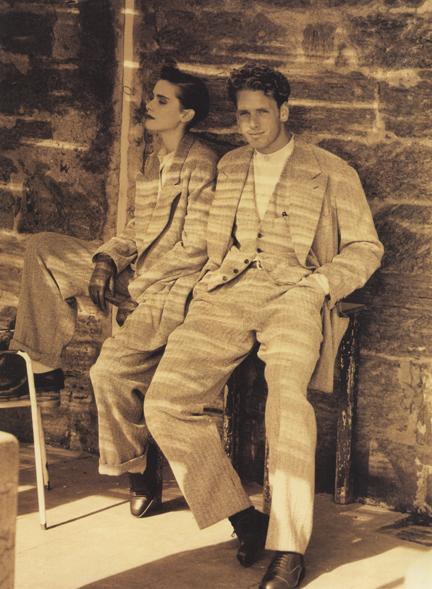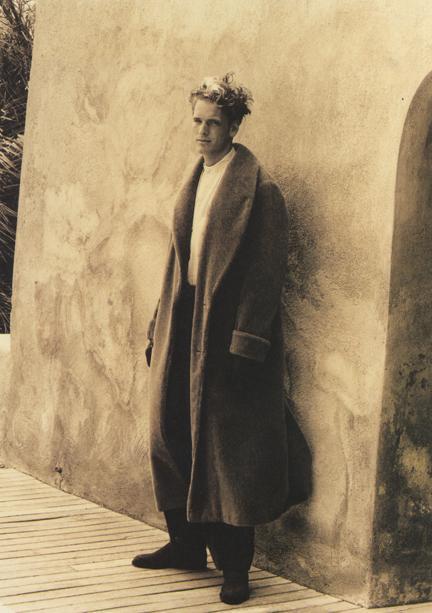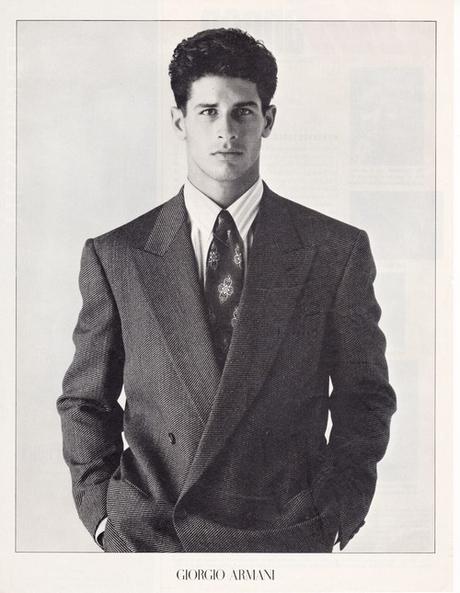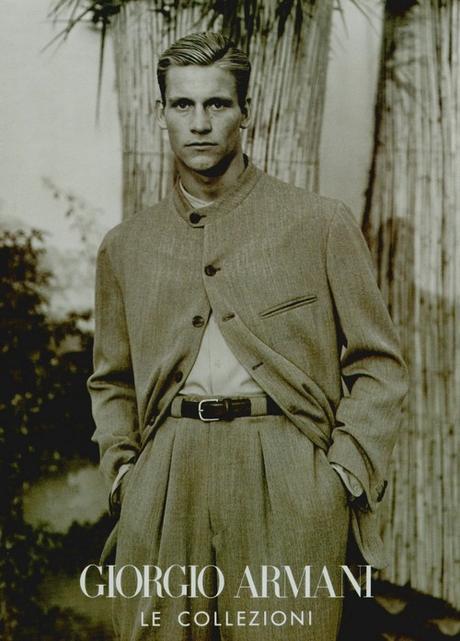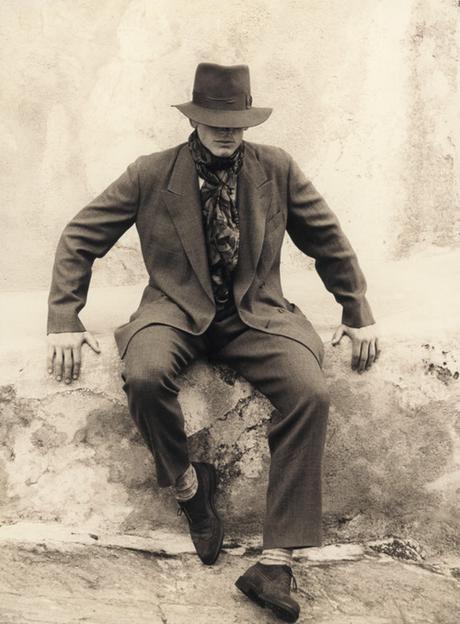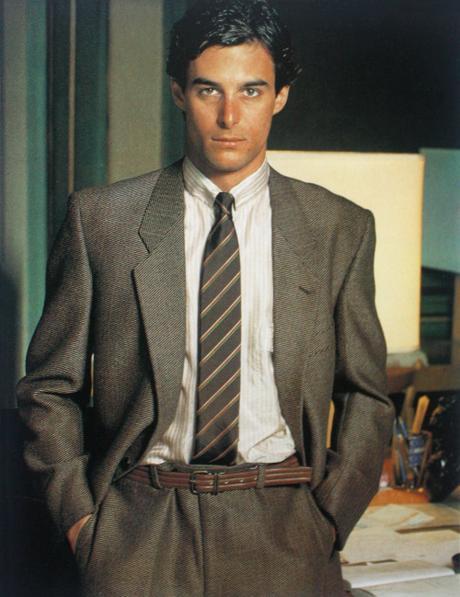
I recently realized that almost everything I find interesting in men’s clothing nowadays can be traced back to the early days of Armani. I’m not talking about the slouchy, luxe languor look that emerged after the mid-80s, but rather the toned-down version of that style that was first introduced a decade earlier.
In the popular press, Armani is often credited with having invented soft tailoring, although that’s only half true. The soft Italian look had been around for decades before Armani came along, although it was largely only available to clients of bespoke tailors (mostly because ready-to-wear was still in its nascent stages during the first half of the 20th century). Domenico Caraceni in Rome published a book about it in the early 1930s, and Vincenzo Attolini pioneered the technique in Naples through his work as the head cutter for Rubinacci. What Armani did was introduce a version of that style to the mass market, making even the softest of Madison Avenue shoulders look bulky.
Fashion is rarely about coming up with new ideas, however. It’s often about reintroducing things at the right time and at the right moment. In the late ‘60s, many European suits fit slim and sharp. They were cut with a clean line across the shoulders, and then defined the body below by cleaving to the waist and falling sharply from the hips. Think: the slim, columnar silhouette of English mods or the French cigarette look. Plain fronted pants tended to be slim throughout the leg or flared at the bottom. Mix in a bit of bold color and some shiny polyester, and you have the world of men’s clothing leading up to the mid-70s.
Armani’s suits were the opposite. He cut fuller-fitting jackets with extended shoulder lines and slightly draped chests. The buttoning points were lowered, and with them, so went the gorges. Pleated pants were fuller at the thigh and then tapered to the cuff. And instead of the traditional twills, gabardines, and other hard-surfaced materials, Armani expanded his range to include soft, highly-textured textiles that were traditionally only found in women’s clothing – crepes, knits, boucles, etc.
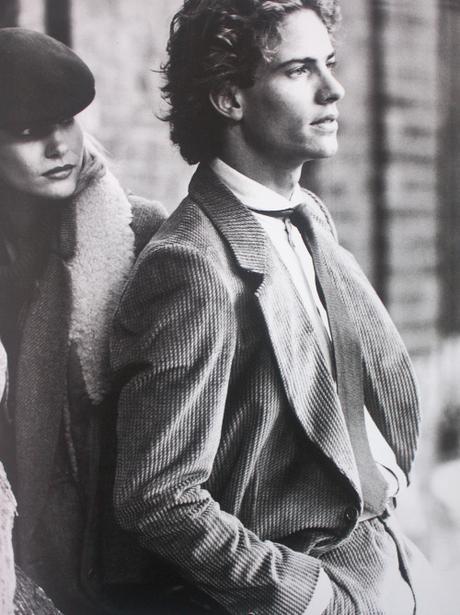
As the tailoring softened, so did the colors. Armani relied on a much more muted color palette, using things such as mossy greens and mushroom browns. An American writer once described his suits as “mud,” which isn’t just a good term their coloration, but also their construction. Richard Martin has a nice line about it in Images of Man: “Armani emphasizes the craft but makes the tailor into a luxurious potter, with the color of clay and moulding of loose earth – rather than an armorer.”
You see these elements everywhere nowadays in men’s clothing, and just like it was in the early ‘70s, the set-up is perfect. After nearly twenty years of skinny, narrow suits, first popularized by Raf Simons and Hedi Slimane (and then pushed further by Thom Browne), silhouettes are starting to fill out again. See the critically acclaimed Lemaire, trend-driving Kanye West, and even high-street brands such as H&M. Flat front pants are starting to give way to pleats, even at mall-clothiers such as J. Crew, and after years of Pitti-Uomo-level peacocking, colors are starting to become more muted (see the warm and cold forms of minimalism). And as colors recede, there’s more of a need to make textures primary. So in the last year, we’ve seen trends for Casentino, fleece, and boucle. Even Sartoria Corcos’ lowered buttoning points feel fresh now, after two decades of having men’s button stances creep higher and higher.
Of course, as fashion goes, the Armani look eventually became a victim of its own success. As the mid-70s look went on, proportions became more and more exaggerated, making things harder to wear for the average man. You can see the progression below, which I’ve roughly put in chronological order (things start out in the mid-70s, and towards the end of the post, you’ll see sepia-toned images from the fall/ winter 1990 collection). That, of course, was the set-up for the slim-fit revival in the first place – and so the fashion cycle continues.
